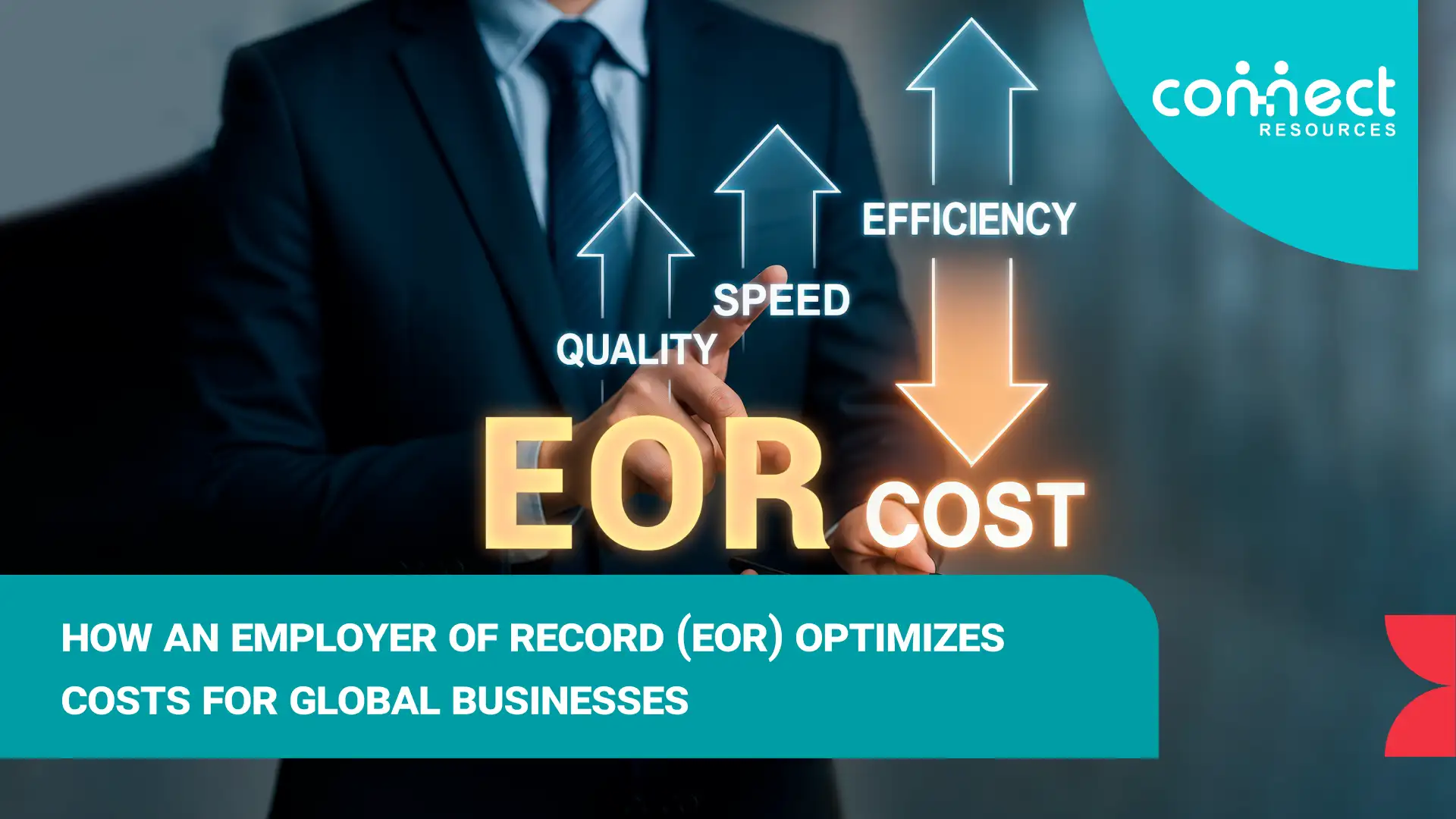A smart strategic move to improve your company’s HR operations might be to switch to Professional Employer Organizations (PEOs). Follow the following important steps to ensure a quick transition: Determine what aspects of the services provided by your current PEO need to be changed or sometimes you need to change your PEO.
Examine possible new PEOs by contrasting their services, prices, and customer endorsements. Inform your present PEO of your decision to ensure a seamless transition. Work with the new PEO to create a transition plan that includes data transfer and employee onboarding. Throughout the process, communicate regularly with your staff to address any concerns they may have and guarantee a smooth transition. You can effectively change your PEO and enhance your company’s HR administration of your company by carefully organizing and carrying out these actions.
Why do companies change PEOs?
Companies frequently change PEOs for a variety of reasons. One prevalent problem is a desire for more extensive or specialized assistance. As firms develop or evolve, their human resource demands may become more complex, demanding the use of a PEO capable of providing specialized solutions. Furthermore, financial factors can influence PEO adjustments. Companies may look for a PEO with more competitive pricing or a different charge structure that fits better with their budget. Another cause is unhappiness with the present PEO’s performance. Poor customer service, a lack of responsiveness, or inadequate support can prompt businesses to consider alternate solutions. Finally, the decision to change PEO comes from a desire to improve HR efficiency, reduce expenses, and improve overall business operations.
Evaluating and selecting a new PEO
When deciding on switching PEO, carefully evaluate their offerings, pricing, and reputation. Consider things like their experience, industry knowledge, and client happiness. Request references and undertake thorough investigations to make sure that they meet your company’s goals and ideals. A carefully picked PEO can greatly improve your HR functions and contribute to your company’s success.
Getting ready for the transition
Before transferring PEOs, notify your current provider and ask for a clear handover strategy. Gather all relevant employee information and documentation to enable a smooth transition. Coordinate with the new PEO to create a time frame and address any unique requirements. By planning ahead of duration, you can reduce disruptions and ensure a smooth transition of HR duties.
Developing a transition plan
A well-organized transition plan is necessary for a successful PEO transformation. Collaborate with your current and future PEOs to develop a comprehensive timeline describing essential steps, responsibilities, and deadlines. Address data transfer, employee communication, and any required system integrations. A planned approach can help to ensure a seamless transition and reduce disruptions to your business operations.
Communicating with employees
Honest and transparent communication with employees is important during the PEO transition. Keep them aware of the change, the reasons for it, and the estimated timescale. Address their worries and questions ahead of time, ensuring workers understand the implications for their benefits, payroll, and other HR-related issues. Create a pleasant mood by emphasizing the benefits of the new PEO Support and how it will help the firm grow and succeed. Effective communication will help to foster trust and reduce employee concern during the changeover.
Executing the new PEO
Once the adjustment plan is in place, it’s time to carry out the new PEO relationship. Ensure a smooth transfer of employee information, benefits administration, and payroll processing. Collaborate with the new PEO to build good communication channels and overcome any initial issues. Monitor the new PEO’s performance and provide comments to verify they are meeting your company’s standards. By actively participating in the implementation process, you can optimize the benefits of the new PEO and produce excellent results for your company.
Managing legal and compliance issues with a focus on security
When switching to a new PEO, it’s important to address legal and compliance concerns to secure data security and safeguard your company. Examine the PEO’s safety procedures, certifications, and insurance policies. Make sure they proceed with relevant data privacy regulations such as GDPR and CCPA. Implement due diligence to determine their track record of handling compliance inspections and potential legal issues. Prioritizing legal and compliance issues can help you reduce risks and maintain a secure workplace for your employees and sensitive business information.
The process of training and onboarding with the new PEO
Training and onboarding are important steps in successfully implementing a new PEO. These are a few essential tips for PEO to collaborate with the new provider to create a thorough training plan that addresses their systems, rules, and procedures. Make sure that staff have access to the appropriate training materials and support resources. Communicate with the PEO to carry out a smooth onboarding process, which includes employee data transfer, benefits enrollment, and payroll setup. You can assist employees in adjusting to the new PEO environment and increase its benefits for your company by investing in training and onboarding.
Monitoring and adjusting
After applying the new PEO, it is important to constantly analyze its performance, make changes as appropriate, and follow the essential PEO Guidelines. Monitor important metrics like employee happiness, cost savings, and service quality. Regularly assess the PEO’s performance versus your expectations and find areas for improvement. Maintain open communication with the PEO, providing feedback and immediately resolving any difficulties. By constantly tracking and customizing your PEO partnership, you can make sure that it meets your changing company demands and produces optimal results.
Enhancing Your Exit Strategy with Connect Resources
Connect Resources, the leading PEO service in UAE, greatly improve your exit strategy by offering thorough help and advice. Their team of professionals can help you locate possible purchasers, negotiate favorable terms, and navigate the complex legal and financial sides of the transaction. Connect Resources’ knowledge can help you raise the value of your firm, streamline the departure process, and achieve your goals. By teaming with Connect Resources, you may confidently negotiate the challenges and possibilities that come with quitting your firm.
Conclusion
Changing your PEO might be a strategic option for improving your company’s HR functions. You can successfully navigate the process by carefully considering your alternatives, preparing a complete transition strategy, and communicating openly with staff. Emphasize legal and regulatory issues, engage in training and onboarding, and regularly monitor and alter PEO partnerships. With the correct strategy, changing your PEO can result in better productivity, cost savings, and overall business success.
FAQs
How do you successfully transition your company from a PEO?
Transitioning from a PEO requires careful planning, communication with employees, and a smooth transfer of HR duties. A well-executed transition plan will help your organization avoid disruptions and retain operational efficiency.
How do you plan your PEO’s exit strategy?
Planning your PEO’s exit strategy involves analyzing your long-term HR requirements, considering potential hurdles, and setting a clear schedule for transitioning away from the PEO. This will contribute to a seamless and effective transition for your firm.
When and How to Leave a PEO?
Consider leaving a PEO if your business needs change, fees rise, or you are dissatisfied with the service. Transition properly, communicate with employees, and create a smooth transition of HR responsibilities.







